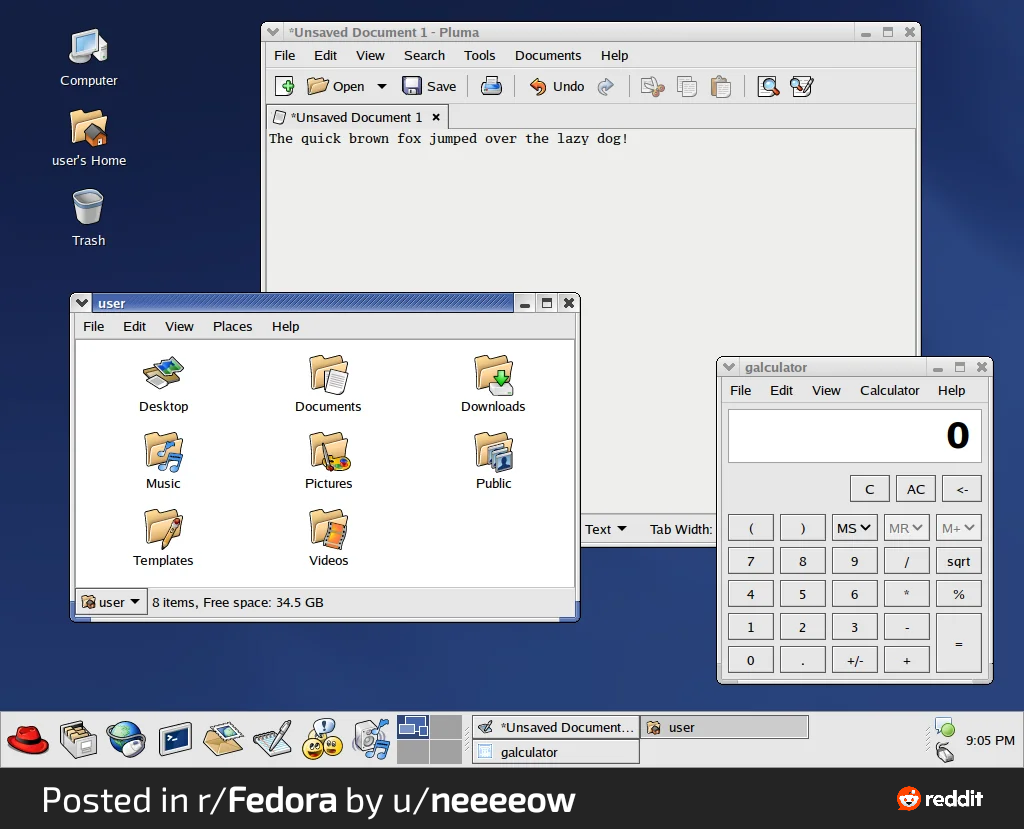Kolibri
mfat
Any idea if this works on Debian?
Last night my windows/linux dual boot was broken and i fixed it with instructions from chatgpt. It helped me recreate windows efi partition that i had accidentally deleted.
I think any Linux device with out a proper keyboard is a pain to use. Mini laptops are better choices.
You may like Chuwi Minibook X.
I thought the devs were Indian.
Can't Google somehow enforce this?
Coreelec doesn't have a package manager.
Well I'd like to see distros doing things to improve UX (which they now seem to have completely left to DEs). For example I remember when Ubuntu released their Hardware Drivers tool. It was samall but a super useful addition that made life easier for millions of users. But nowadays I see less app/utility contributions by distros.
Google Keep Outlook Tradingview X

Thanks, I didn't know that.